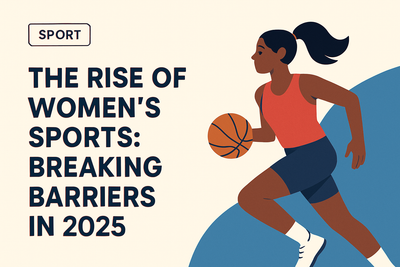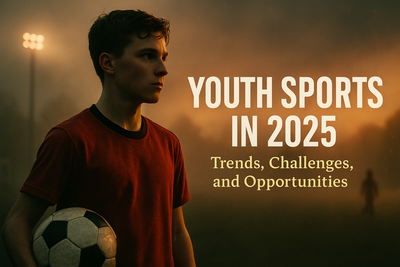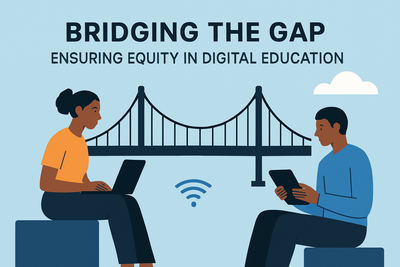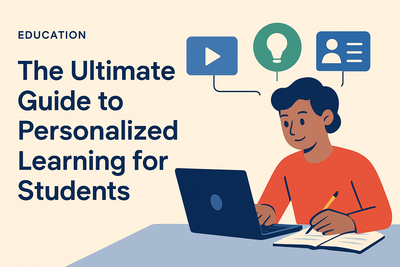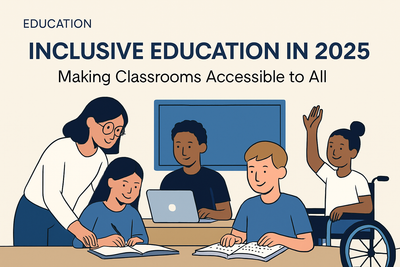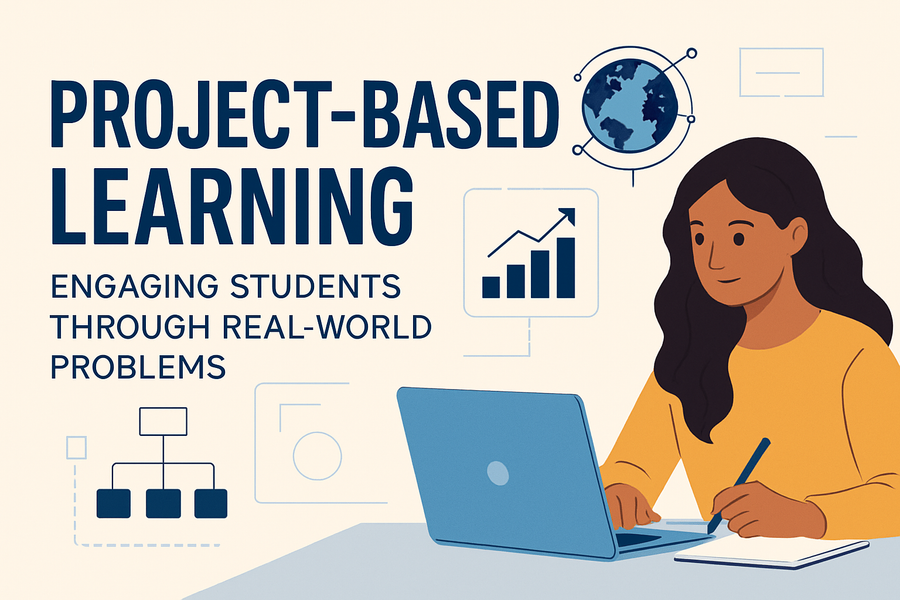
Introduction
In today’s dynamic educational landscape, traditional rote learning methods are giving way to more interactive and meaningful approaches. One of the most effective ways to foster deeper understanding and genuine engagement is through Project-Based Learning (PBL). This innovative instructional strategy challenges students to explore real-world problems and develop practical solutions, making education more relevant, engaging, and impactful.
What is Project-Based Learning?
Project-Based Learning is a student-centered pedagogy in which students learn by actively engaging in real-world and personally meaningful projects. Rather than being passive recipients of information, learners become active participants, working collaboratively to investigate and respond to complex questions or challenges.
Key characteristics of PBL include:
- Inquiry-driven exploration
- Collaboration and teamwork
- Interdisciplinary learning
- Authentic assessments
- Reflection and revision
The Benefits of PBL
1. Enhances Critical Thinking and Problem-Solving Skills
By tackling open-ended questions and complex challenges, students develop strong analytical and decision-making skills that are crucial in the modern world.
2. Builds Collaboration and Communication
PBL often involves group work, helping students learn how to communicate effectively, manage conflict, and leverage each other’s strengths.
3. Encourages Deep Learning
Instead of memorizing facts, students understand concepts more deeply because they apply their knowledge in meaningful contexts.
4. Increases Student Engagement
Working on real-world issues piques students' curiosity and motivation, making learning more exciting and relevant.
5. Prepares Students for the Future
By mimicking real-life workplace scenarios, PBL equips students with the skills they need to thrive in college and careers.
Real-World Examples of PBL in Action
- Environmental Science Projects: Students investigate local pollution issues and propose sustainable solutions.
- Community Improvement Efforts: Learners collaborate with local governments to design parks or improve public safety.
- Entrepreneurship Challenges: Students create and pitch business plans, learning economic principles and marketing strategies.
These examples showcase how PBL connects classroom learning with societal needs, empowering students to become change-makers.
Implementing PBL in the Classroom
To successfully integrate PBL, educators should:
- Start with a compelling driving question – Choose an open-ended, challenging problem that encourages inquiry.
- Design authentic assessments – Use rubrics, peer reviews, and presentations instead of traditional tests.
- Facilitate rather than lecture – Guide students through their discovery process rather than giving direct answers.
- Encourage reflection – Allow time for students to think about what they’ve learned and how they can improve.
- Connect with the community – Involve local experts or field trips to enrich the learning experience.
Conclusion
Project-Based Learning transforms education by putting students at the center of their learning journey. By engaging with real-world problems, students not only gain academic knowledge but also develop essential life skills such as communication, collaboration, and critical thinking. As educators look to prepare students for a rapidly evolving world, incorporating PBL into the curriculum offers a powerful, purposeful way to make learning come alive.

